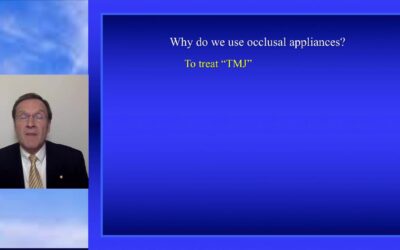Duration: 23 minutes, 13 seconds
Author: Dr. Sascha A. Jovanovic
Sinus Bone Augmentation with rhBMP2 Bone Filler and Implant Placement in Minimal Crestal Bone Height Introduction Sinus bone augmentation, also known as sinus lift surgery, is a common procedure used in implant dentistry to increase bone volume in the posterior maxilla. This technique is beneficial for patients with minimal crestal bone height, where traditional implant placement might not be possible. In recent years, researchers have explored the use of rhBMP2 bone filler in sinus bone augmentation and implant placement to achieve predictable and stable results. This article aims to provide an overview of this technique, its success rates, and its potential as an alternative treatment option for patients with minimal crestal bone height. Heading 1: What is Sinus Bone Augmentation? Subheading 1: Definition and Purpose Subheading 2: Indications for Sinus Bone Augmentation Subheading 3: Traditional Techniques and Limitations Heading 2: Introducing rhBMP2 Bone Filler Subheading 1: Definition and Characteristics of rhBMP2 Subheading 2: Advantages of Using rhBMP2 in Sinus Bone Augmentation Subheading 3: Potential Challenges and Risks Heading 3: The Research Study Subheading 1: Study Design and Methodology Subheading 2: Patient Selection and Criteria Subheading 3: Surgical Procedure and Techniques Heading 4: Results and Analysis Subheading 1: Sinus Bone Augmentation Outcomes Subheading 2: Implant Stability and Success Rates Subheading 3: Complications and Adverse Events Heading 5: Discussion Subheading 1: Comparison with Traditional Techniques Subheading 2: Potential Benefits of Using rhBMP2 Bone Filler Subheading 3: Considerations for Clinical Practice Heading 6: Conclusion The researchers conducted a retrospective analysis of patients who underwent sinus bone augmentation and implant placement using rhBMP2 bone filler. The results revealed successful sinus bone augmentation and stable implant placement in cases with minimal crestal bone height. Based on these findings, the researchers conclude that rhBMP2 bone filler can be a suitable alternative for sinus bone augmentation and implant placement in patients with minimal crestal bone height. FAQs (Bold as H4 headings) 1. What is the success rate of sinus bone augmentation with rhBMP2 bone filler? 2. Are there any potential risks or complications associated with this technique? 3. How does rhBMP2 bone filler compare to traditional techniques? 4. Can this technique be used in patients with more severe bone loss? 5. What are the future directions for research in this field? Conclusion Sinus bone augmentation with rhBMP2 bone filler and implant placement in cases with minimal crestal bone height is a promising technique in implant dentistry. The retrospective analysis conducted by the researchers demonstrated successful outcomes and stability in sinus bone augmentation and implant placement. This technique provides an alternative treatment option for patients with minimal crestal bone height, offering the possibility of predictable and stable results. Further research and clinical studies are warranted to explore the long-term outcomes and potential complications associated with this technique.





Add comment